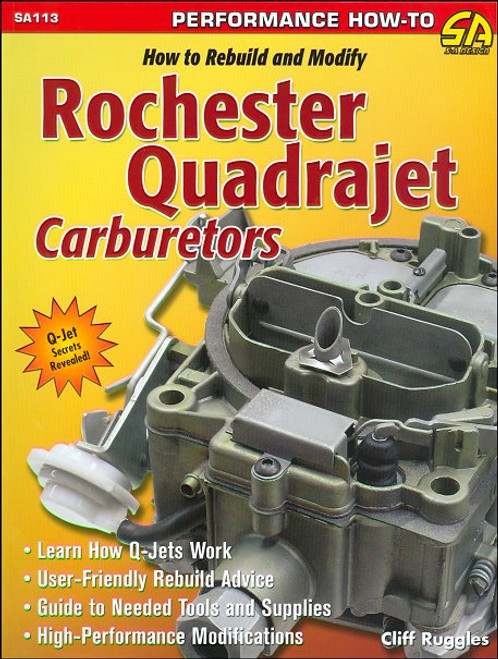Whether you want to personalize your bike for the street or track, there are thousands of performance products available that will help you achieve that. Many of these performance products are easy-to-install "bolt-on" accessories that you can handle yourself in the comfort of your own home workshop, while others may require the assistance of a capable mechanic. This book, intended for superbike/sportbike owners, explores the pros and cons of using bolt-on aftermarket products on your bike, how to choose the right items for your motorcycle, and — most importantly — how to install them correctly. Some of the most popular aftermarket performance products and installation procedures are shown in clear photographic sequences.
Book Excerpt: Motorcycle Modifying: The Definitive Guide SUSPENSION AND STEERING
CHAIN AND SPROCKETS
Subject: How to install sportbike bolt-on performance accessories guide. ISBN-10: 1844252728 | ISBN-13: 9781844252725 | Haynes 4272
Book Excerpt: Motorcycle Modifying: The Definitive Guide SUSPENSION AND STEERING
On must superbikes the standard original equipment suspension units are of good quality and capable of dealing with normal road use. Aftermarket suspension units have a full range of adjustment features and although expensive, will improve the handling and give greater confidence for smoother riding. Before making adjustment, check the bike over to ensure everything is in good working order. Check that the rear suspension linkage is operating smoothly and is not worn or in need of lubrication, that the front fork and rear shock oil seals are not leaking, and that the tire pressures are correct. Always make a note of the correct settings so that you can revert to them if required. The manufacturer's base setting in the bike's owner's manual will serve as a good starting point for setting up the suspension. Remember that setting up the suspension for road use will most likely be a compromise between having a blast along open dry country roads and riding along a section of wet motorway with a passenger on board. Once you have found the ideal setting, stick to it, otherwise you could be altering it every weekend. Also don't assume that the model of bike will suit you and your bike - some riders are more experienced than others and have different riding styles.
CHAIN AND SPROCKETS
GEAR RATIO This is probably the cheapest and easiest way to alter the bike's power delivery to suit your riding. Changing the ratio between the front and rear sprockets can have a significant effect on performance. The normal ratio with standard sprockets (e.g. 16/42) is 2.63. This means that the front sprocket has to turn 2.63 times to one complete turn of the rear sprocket. The table shows that going down one tooth to 15 on the front sprocket gives a 2.80 ratio with the standard 42 tooth rear sprocket. To achieve an equivalent ratio by changing the rear sprocket, it would be necessary to go up three teeth to a 45 tooth rear sprocket whilst retaining the standard 16 tooth from sprocket, thus giving a gear ratio of 2.81.
CHAIN CARE | ADJUSTMENT Running an overtight chain is far worse than it being a bit loose. An overtight chain will increase the running temperature which in time will stretch the chain and wear the sprockets. In extreme cases the chain could snap and cause extensive damage to the underside of the bike and to the engine lower cases! With the rider's weight on the bike the suspension movement increases and the chain tightens. So a fairly tight chain adjustment when the bike is on the stand with no rider seated becomes effectively tighter when in use.
Subject: How to install sportbike bolt-on performance accessories guide. ISBN-10: 1844252728 | ISBN-13: 9781844252725 | Haynes 4272
TABLE OF CONTENTS:
- Introduction
- Safety
- Security Equipment
- Bars and Controls
- Lighting and Mirrors
- Chain and Sprockets
- Visual Display
- Tires
- Wheels
- Performance
- Spark plugs
- Clutches
- Exhaust Systems
- Fuel and ignition control
- Bodywork
- Suspension and Steering
- Trackdays
- Brakes
- Brake fluid
- Discs
- Braided hoses
- Radial front brake master cylinder
- Reference










